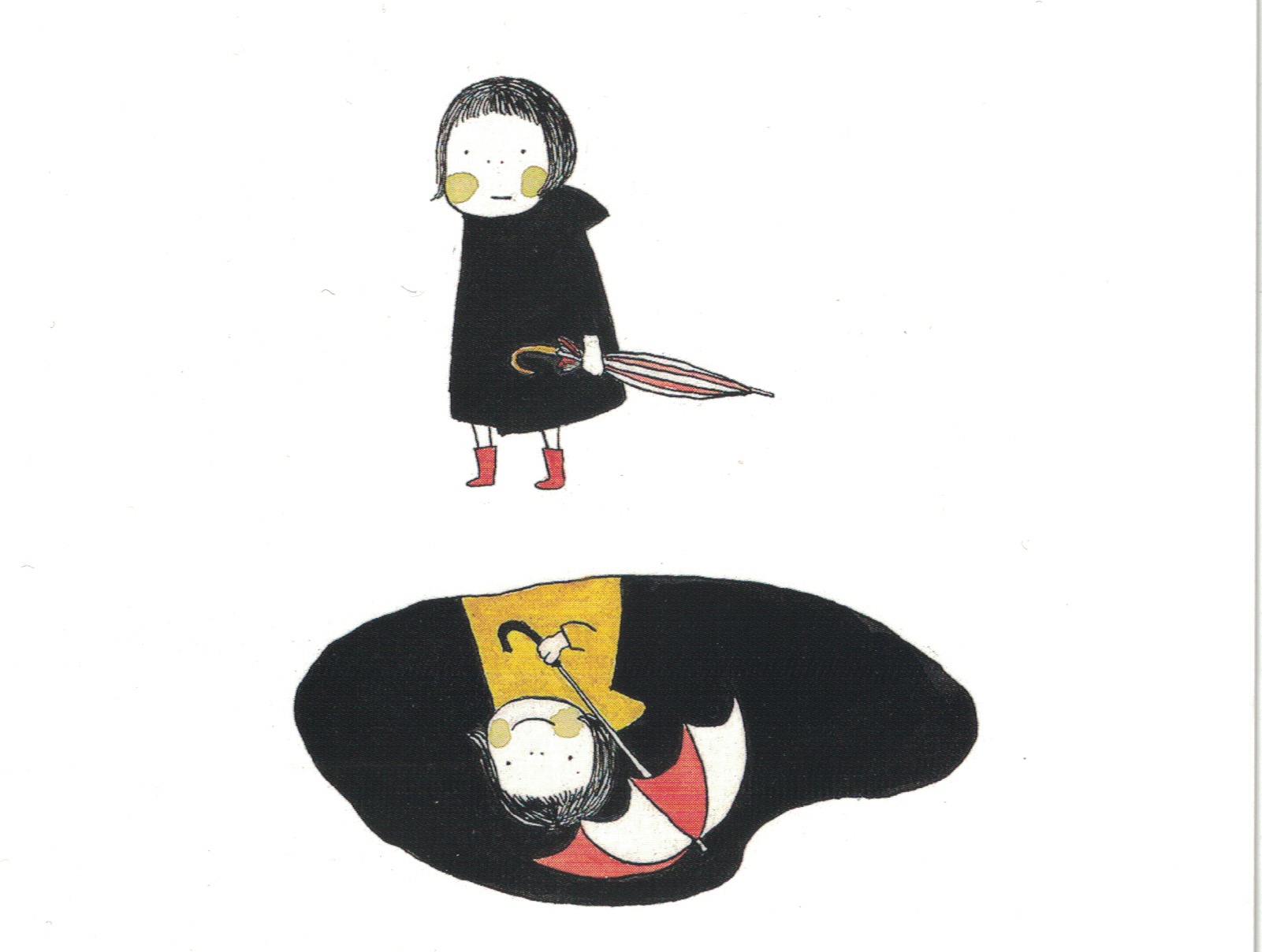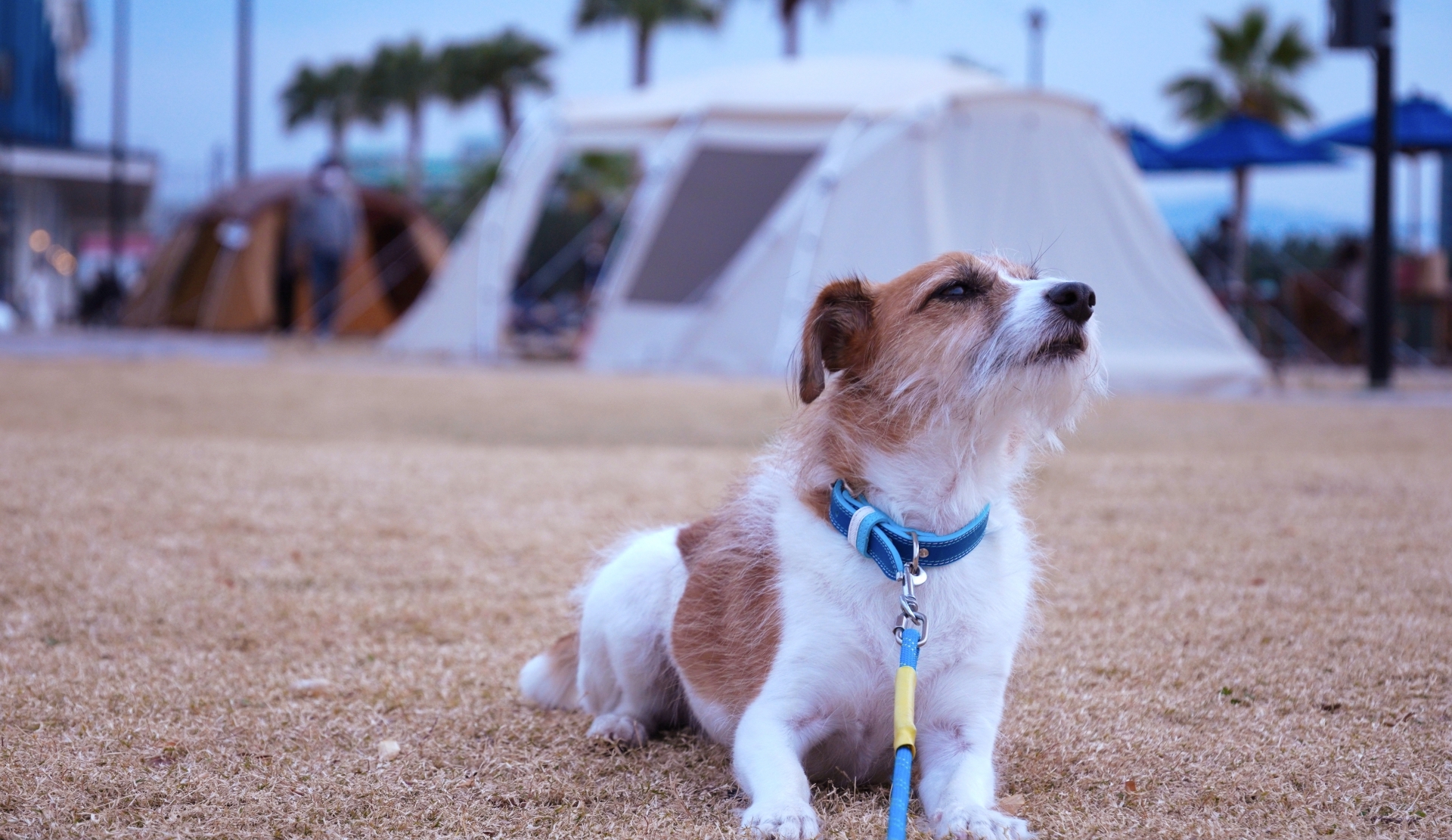和訳は英文の下にございます。/ The Japanese translation is below the English text.
HOW DO YOU SAY “AND” AFTER I-ADJECTIVE?
Contents: 1. In short: Make the “-kute” form 2. A little more: How to say “and” after I-Adjective in the negative
1. In short: Make the “-kute” form
When you say two descriptive expressions in one sentence, always pay attention to the first one. It is because you will decide the connection type by the first expression. [For more on the term “descriptive expression”, please see “How Do You Say “And” After Na-Adjective?” Section 1.]
In this post, we will discuss how to say “and” after i-Adjective, or how to continue with another descriptive expression after an i-Adjective.
For example, let’s say “It’s cold and dark today.” I would say it in Japanese like this:
Example 1: Kyoo wa samukute kurai desu. (It is cold and dark today.)
“Kyoo” means today, “samukute” means “cold, and…”.
“Samukute” is the “-kute form” of “samui (cold)” and “kurai” means dark.
Note we don’t use “to”, the particle meaning “and”, here. We must use the “-kute” form or a continuative form after an i-Adjective to continue to the next descriptive expression.
[For more on i-Adjective, please see: => “How Do You Tell Na-Adjecitive From I-Adjective?”]
To make the “-kute” form: Replace the last “-i” of an i-Adjective with “-kute”.
By making the “-kute” form, you are equipping an i-Adjective with something like a “hook” on which you can hang another descriptive word.
2. A little more: How to say “and” after I-Adjective in the negative

Sometimes you want to continue to another descriptive expression after an i-Adjective in the negative, in such a sentence as: “This butterfly is not so big and is in orange color.”
In this case, simply replace the last “i” of an i-Adjecitive with “-nakute”. See the example:
Ex. 2: Kono choo wa amari ookikunakute, orenji-iro desu. (This butterfly is not so big, and is in orange color.)
“Kono choo” means this butterfly, “amari” means “not very…”
As for “ookikunakute”, its original form is “ookii (big)”.
Its negative form is “ookikunai (not big)”. Therefore, by changing it to “ookikunakute”, you equip it with a hook so that you can put another descriptive expression.
Adjectives” Sections 4 and 5]
Other posts on “How Do You Say ‘And’ In Japanese?”
=> Summary: How Do You Say “And” In Japanese?
=> How Do You Say “And” After Noun?
=> How Do You Say “And” After Verb?
=> How Do You Say “And” After Na-Adjective?
=> How Do You Say “And” As A Conjunction?
[End of the English post]
イ形容詞の後でAND…を何という?
目次 1.手短かに:イ形容詞の後でand…と言うには、「くて」形を作る 2.少し上級:否定形のイ形容詞の後でand…をどう言うか
1.手短かに:イ形容詞の後でand…と言うには、「くて」形を作る
一つの文の中で二つ描写表現を言う時は、いつも最初の方の言葉に気をつけてください。最初の言葉の種類によって二つの言葉のつなぎ方が決まるからです。[「描写表現」については、こちらをご覧ください => 『ナ形容詞の後でAND…をどう言うか』]
この投稿では、イ形容詞の後でandをどう言うか、またはイ形容詞をどう次の描写表現に結びつけるかを考えます。
例えば、次の文を見てみましょう。
例1 今日は寒くて暗いです。
「寒くて」は、イ形容詞の「寒い」の「くて」形、または連結形です。
ここでは、andの意味の助詞「と」を使わないこと。イ形容詞を次の描写表現につなげるには「くて」形にしなければなりません。
[イ形容詞については、こちらをご参照ください => 『ナ形容詞とイ形容詞の見分け方』]
「くて」形を作るには、イ形容詞の最後の「い」を「くて」に置き換えます。
イ形容詞を「くて」形にすると、その形容詞に次の描写表現を引っかけられるカギ(フック)のようなものを装着したことになります。
2.少し上級:否定形のイ形容詞の後でand…をどう言うか
否定形のイ形容詞の後では、「くて」の代わりに「なくて」を言います。次の例を見てください。
例2 この蝶はあまり大きくなくて、オレンジ色です。
この場合は、イ形容詞の最後の「い」を「なくて」に置き換えます。
「大きくなくて」の元の言葉は「大きい」です。
否定形は「大きくない」です。それで、「大きくなくて」にすると、その否定になった形容詞に次の言葉を引っかけるカギ(フック)を装着することになるのです。
[和文部終わり]
「日本語でAND…は何という?」 の関連記事
=> まとめ記事:日本語でAND…は何という?
=> 名詞の後でAND…を何という?
=> 動詞の後でAND…を何という?
=> ナ形容詞の後でAND…をどう言うか
=> 接続詞のANDは何という?




